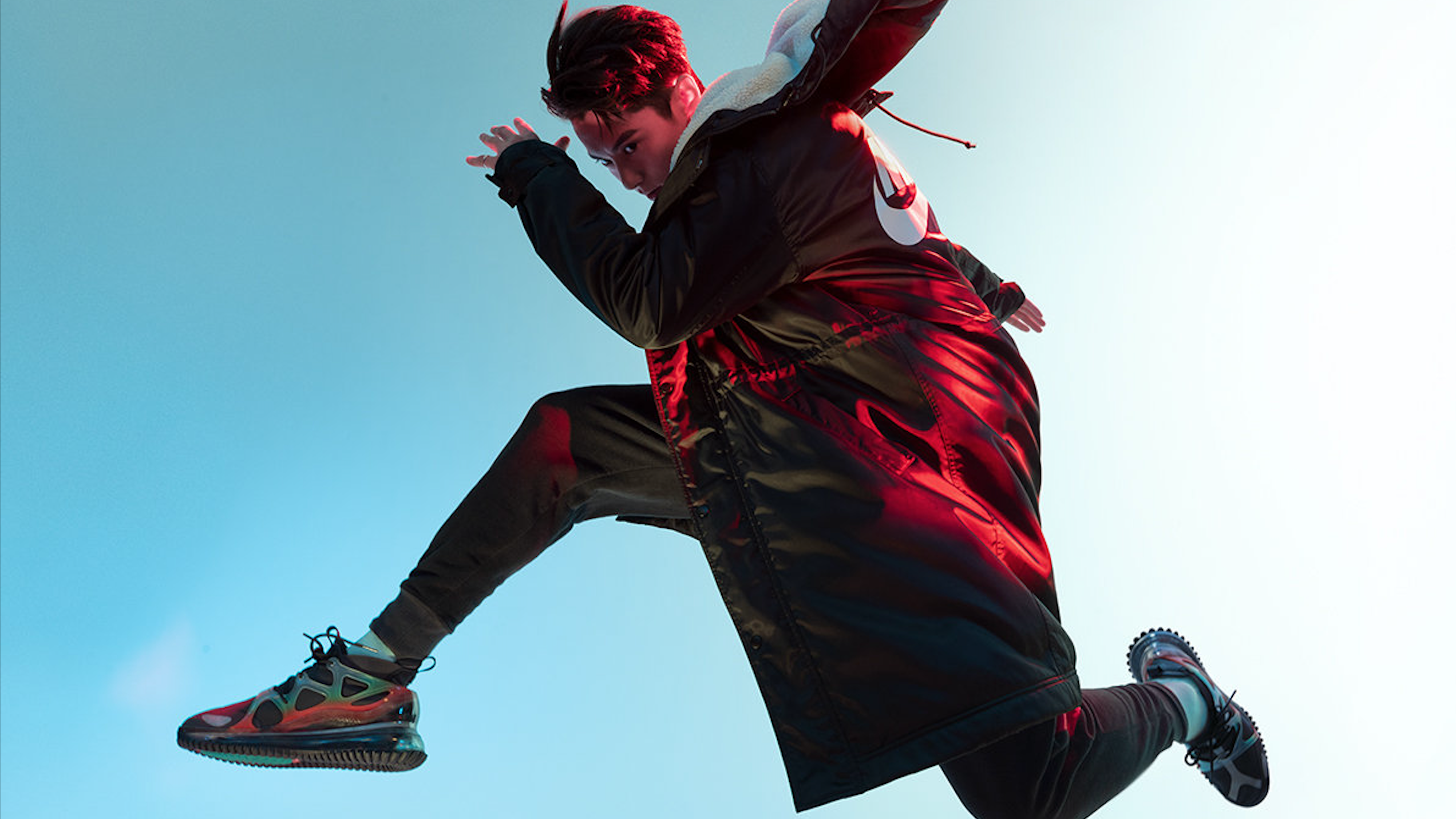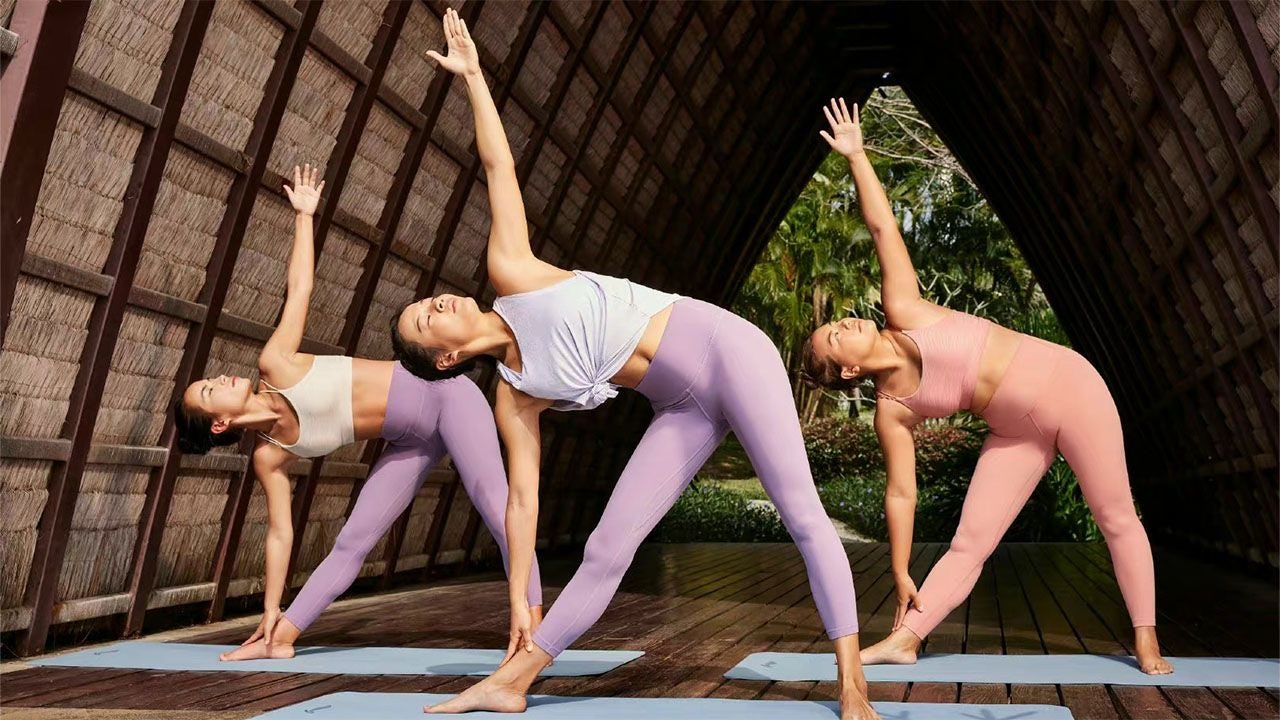Despite the impact of China’s zero-COVID policy, many sportswear brands — namely Nike, Lululemon, Anta, Li-Ning — still managed to achieve growth during 2022, showing strong signs of recovery in the region.
During Nike's December earnings call, Chief Financial Officer Matt Friend said Gen Z demand for Nike products on Tmall increased 45 percent during Double 11. Similarly, Lululemon’s sales are continuing to climb, and its three-year compound revenue growth rate in the Chinese mainland market is now close to 70 percent. Meanwhile, domestic players Anta recorded 20 to 25 percent retail growth (except for Fila) in 2022, and Li-Ning also reported high-single-digit growth during the third quarter of 2022.
As China eases its COVID curbs, there is only hope that the sector will reach new heights in 2023. UBS China sportswear analyst Samuel Wang held a call with a major distributor for Li-Ning, Anta, Nike, and Adidas in China and noted that “pent-up demand drove strong sales throughout the Chinese New Year.”
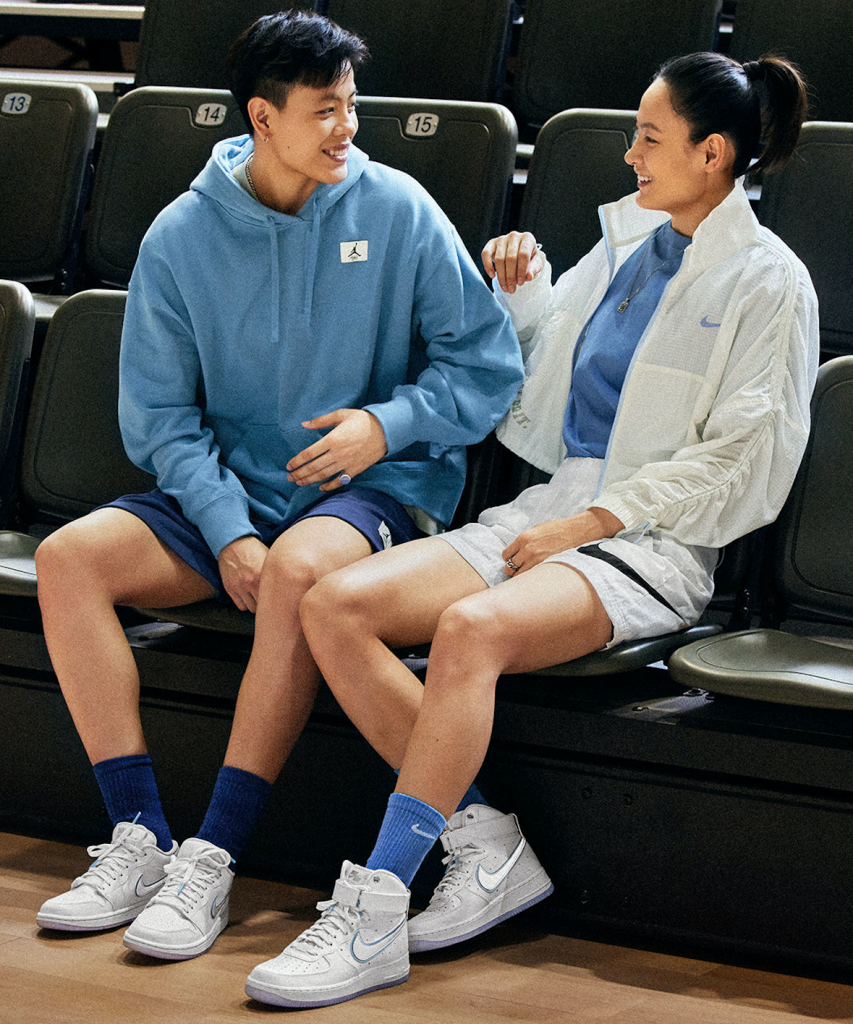
Although the US is the largest sportswear market globally, its expansion rate stands only at 2.5 percent. By contrast, China’s sportswear market boasts a compound annual growth rate of above 9 percent and a market size of 52 billion (372 billion RMB) in 2021. Needless to say, the region presents a gold mine of opportunity for athleisure brands as well as luxury ones.
Why China’s sportswear trend is here to stay#
Many factors are consolidating sports apparel’s position in locals’ daily life. The pandemic, which forced the whole country to spend more time indoors, spurred the need for comfortable clothing, making athleisure a daily staple for going out or staying at home.
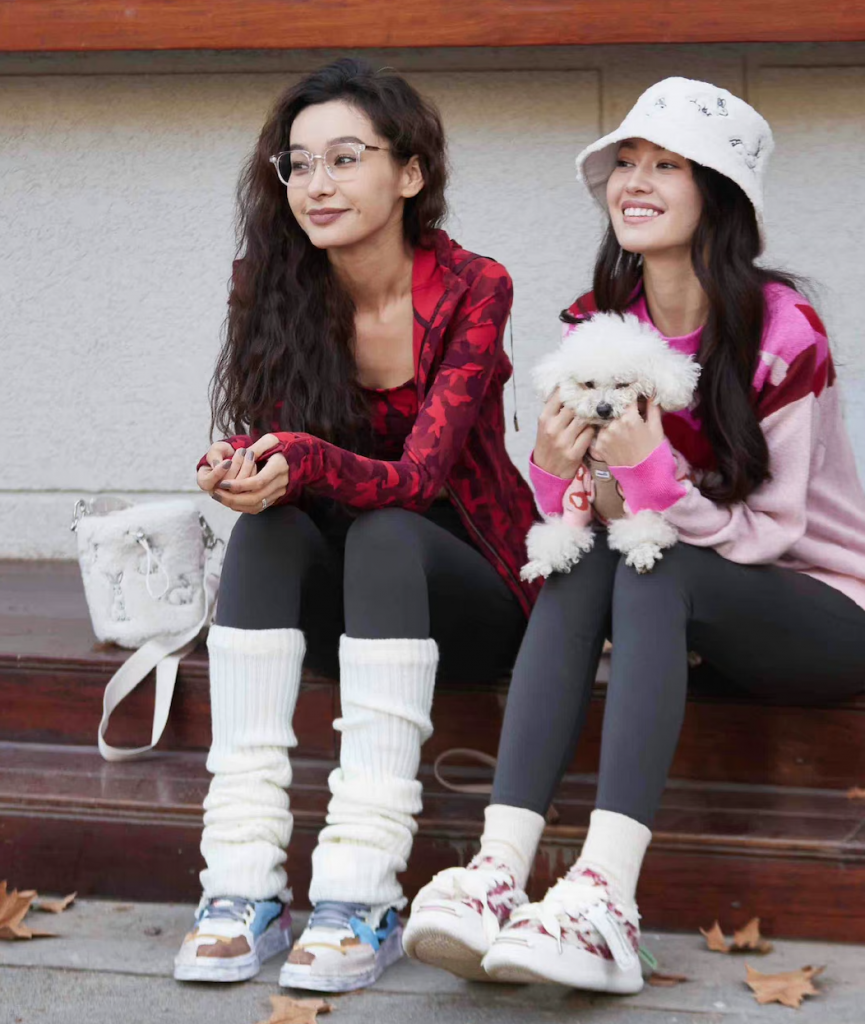
Growing health awareness,government initiatives, and major sporting events such as the Olympics have also contributed to the desire for an active lifestyle. In April 2022, 67 million Chinese people were using fitness apps to work out at home.
“Driven by the fast-paced life, people desire to get rid of the shackles of stress and want to have a relaxed and dynamic living atmosphere,” states Ashley Dudarenok, founder of Chinese marketing agency Chozan and Alarice. “Athleisure wear has become one of the fashion choices for young people because of its comfortable wear, both functional and casual, and can easily cope with multiple scenes in work and life.”
“Driven by the fast-paced life, people desire to get rid of the shackles of stress and want to have a relaxed and dynamic living atmosphere. Athleisure wear has become one of the fashion choices for young people because of its comfortable wear, both functional and casual, and can easily cope with multiple scenes in work and life.”
The improved quality and appearance of sportswear products and the rising number of peoplepartaking in athletic activities mean more and more locals have activewear in their wardrobe. “Riding this trend is the fact that athleisure brands like Li-Ning and Anta are not only designing their products for sportswear purpose-only but streetwear too,” says Allison Malmsten, Daxue Consulting’s marketing director. In light of this, activewear is no longer restricted to a sports context but can fit seamlessly into fashionable outfits.
The rising women’s athleisure market#
Chinese women are increasingly taking up sports hobbies or going to the gym. Light exercise has become an emerging fitness trend among women, who account for over 56 percent of the active users on local sports and fitness apps. Notably, this demographic has a great appetite for specific apparel like yoga pants, sports bras, loose workout shirts, and more.
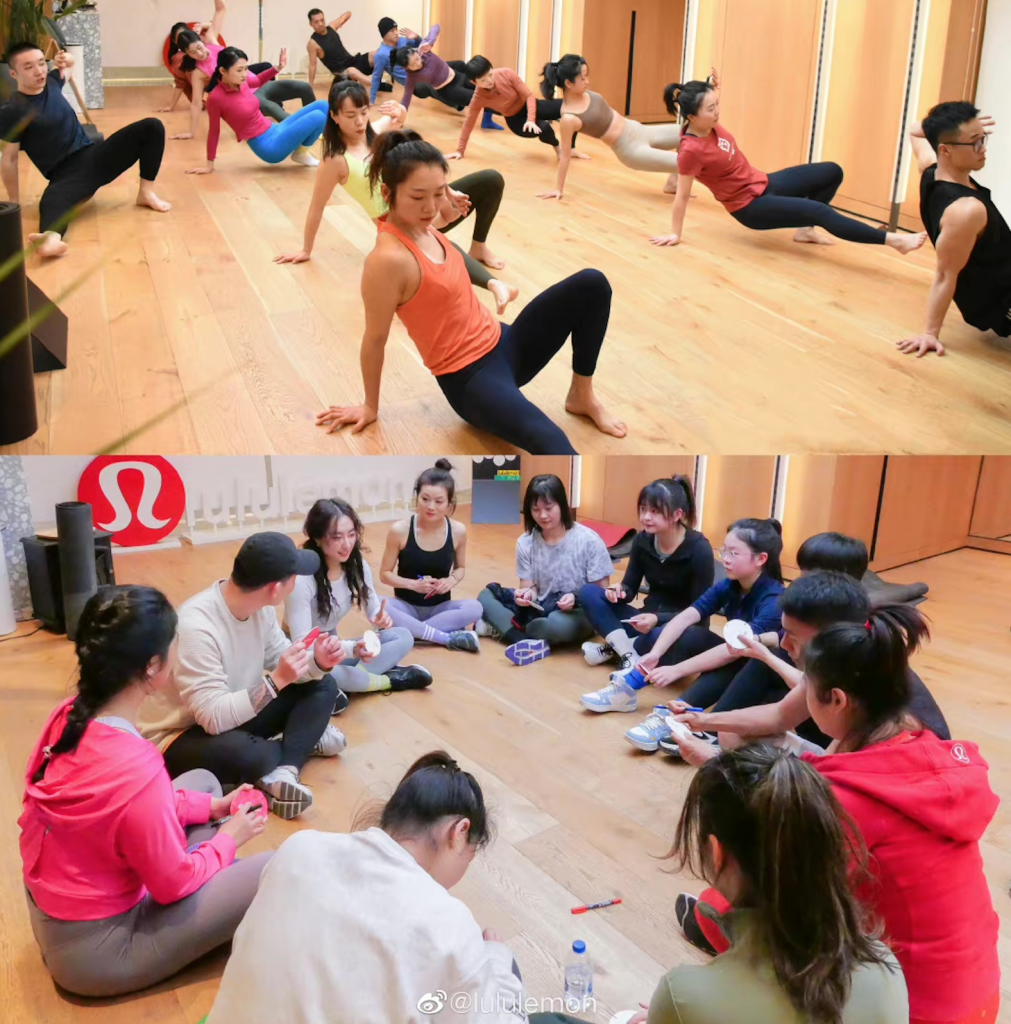
The booming sector indicates a lucrative opportunity for activewear, but brands need to be aware of women’s diverse demand. “Women’s athleisure needs to be both fashionable and professional,” remarks Dudarenok. “Nearly 65 percent of female sports consumers prioritize the need for dressing. And functionality, design, and quality are also the main factors considered.”
Those that have captured the trend are thriving. Take 25-year-old luxury yoga pants maker Lululemon, which has surpassed Adidas in market capitalization to become the second largest sportswear brand in the world. As various outdoor activities — like camping, frisbee, cycling, land surfing, and paddle boarding — gradually become the “new social currency” of native young people, this will further drive the consumption of sports brands. Niche names specialized in those sectors will likely benefit from the rising interest.
Luxury’s activewear opportunity#
Luxury houses are also vying for the prospering field. For instance, the 186-year-old jewelry brand Tiffany recently partnered with Nike to release a pair of sneakers in its iconic Tiffany blue. Over the past years, many names — Chanel, Dior, and Balmain to name a few— have collaborated with renowned sportswear companies to embrace the shifting purchase habits of Gen Z.
While tie-ups with established activewear brands is a potential gateway to younger targets, new ways of collaborations are sprouting. Malmsten suggests high-end maisons to look for opportunities in more niche markets. “Some luxury brands are tapping new sportswear markets by collaborating with brands that are strong in sports tech, but low [in] brand awareness, so as to turn out products with high-tech capabilities and a luxury name.” Some examples of this can be seen in the ski market, such as IWC x Faction Skis.
Premium players are also foraying independently into elite sports. Given China’s skiing boom, brands like Max Mara, Prada, and Fendi have all ventured into alpine collections, creating fashionable ski looks and astonishing pop-ups near resorts. Besides skiing, upper class lifestyle sports like golf, tennis, snowboarding are becoming a new outlet for fashion luxury items. “By investing in these trendy categories, luxury brands can find and connect with their targeted audience quickly and effectively,” points out Dudarenok.
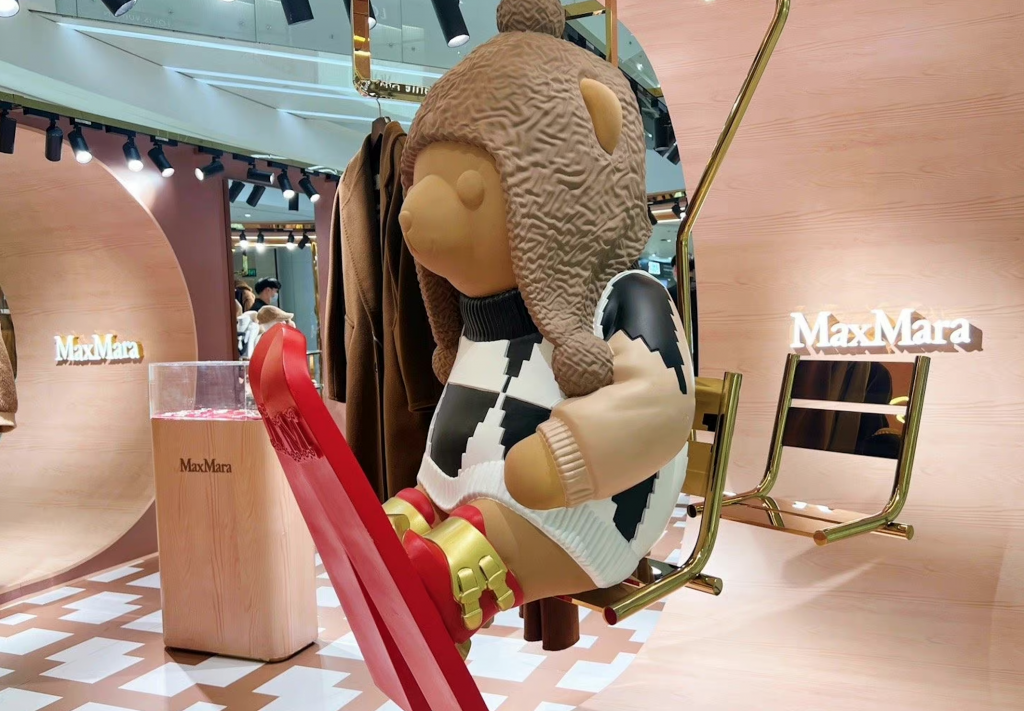
In the post-pandemic era, sportswear is just a facet of China’s rising awareness and prioritization of healthier choices. Wellness as a whole is becoming a major consumption driver in 2023 and beyond. For brands to capitalize on these health-conscious shoppers, mental and physical well-being should become a key marketing focus.
